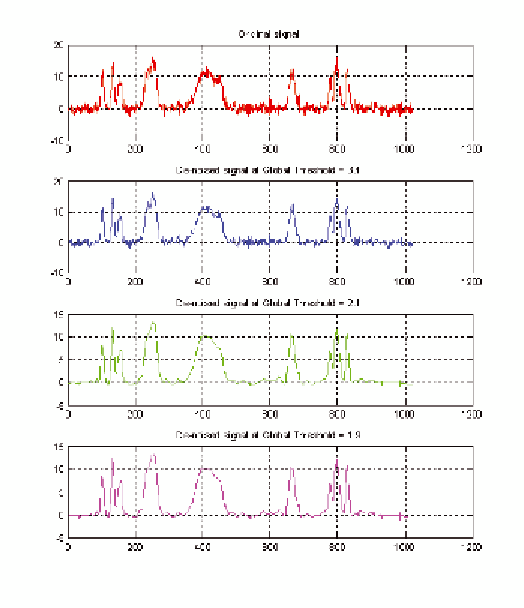Information Technology Reference
In-Depth Information
transmission, and storage. Finally, interoperability
capability is also an essential feature of a CRESH.
This allows the interaction between information
processing devices such as computers, personal
digital assistants, and mobile phones.
Precise detection is the most important re-
quirement of an e-healthcare information system,
including a CREHS for Epilepsy patients. This
requires both exact detection and correct analysis
of the physiological parameters on Epilepsy pa-
tients. Generally, a wearable sensor senses pulse
waves, users' actions, and postures, and capture
contextual images and continuous voice; for ex-
ample: a high-pressure (stressful) state is detected
from the high pulse-rate from the acquired context
information (Varshney, 2007).
It is important in the case of Epilepsy patients
that the CREHS can provide uninterrupted real-
time or nearly real-time monitoring and detection
of epileptic seizures. Seizures can happen at any
time and their onset needs to be predicted with
timely transmission of that information to health-
care professionals to permit early intervention. In
much of the same way, live diagnosis via web/
IP cameras requires uninterrupted streaming of
videos of patients' movements to be sent to Epi-
lepsy specialists at the other end of the system.
Immediate detection of patients' location in case
of emergency is a reason for this requirement.
The reliability requirement is that the system
must continue to operate effectively across all
kinds of scenarios including all weathers and
power outages. It also refers to equipment durabil-
ity, especially the wearable wireless sensors worn
at all times by Epilepsy patients. Such sensor must
be made of durable materials, supplied with self-
recharged batteries, and have water/heat/shock
resistance capability. The issue of battery life and
Figure 3. Signal at different threshold levels

Search WWH ::

Custom Search